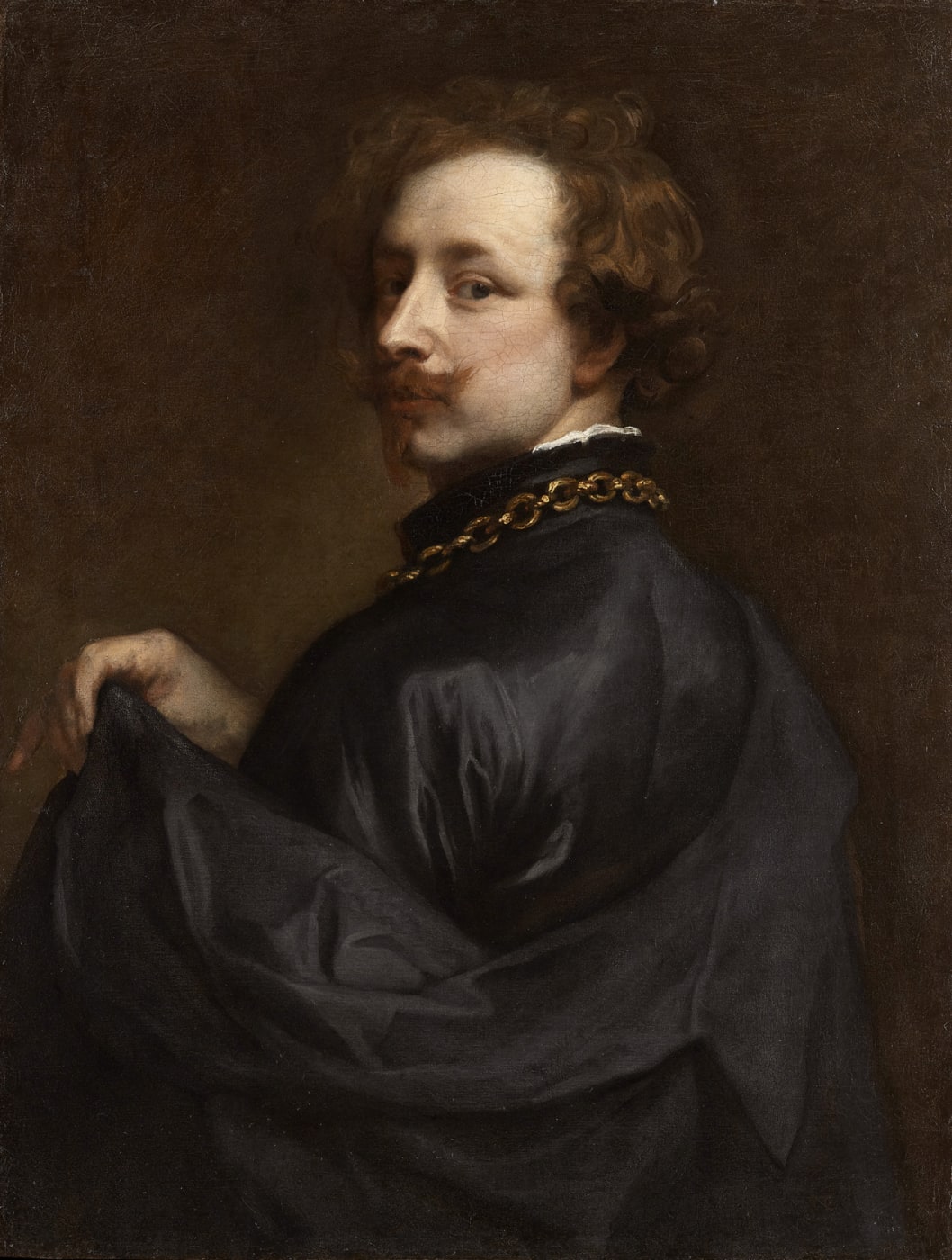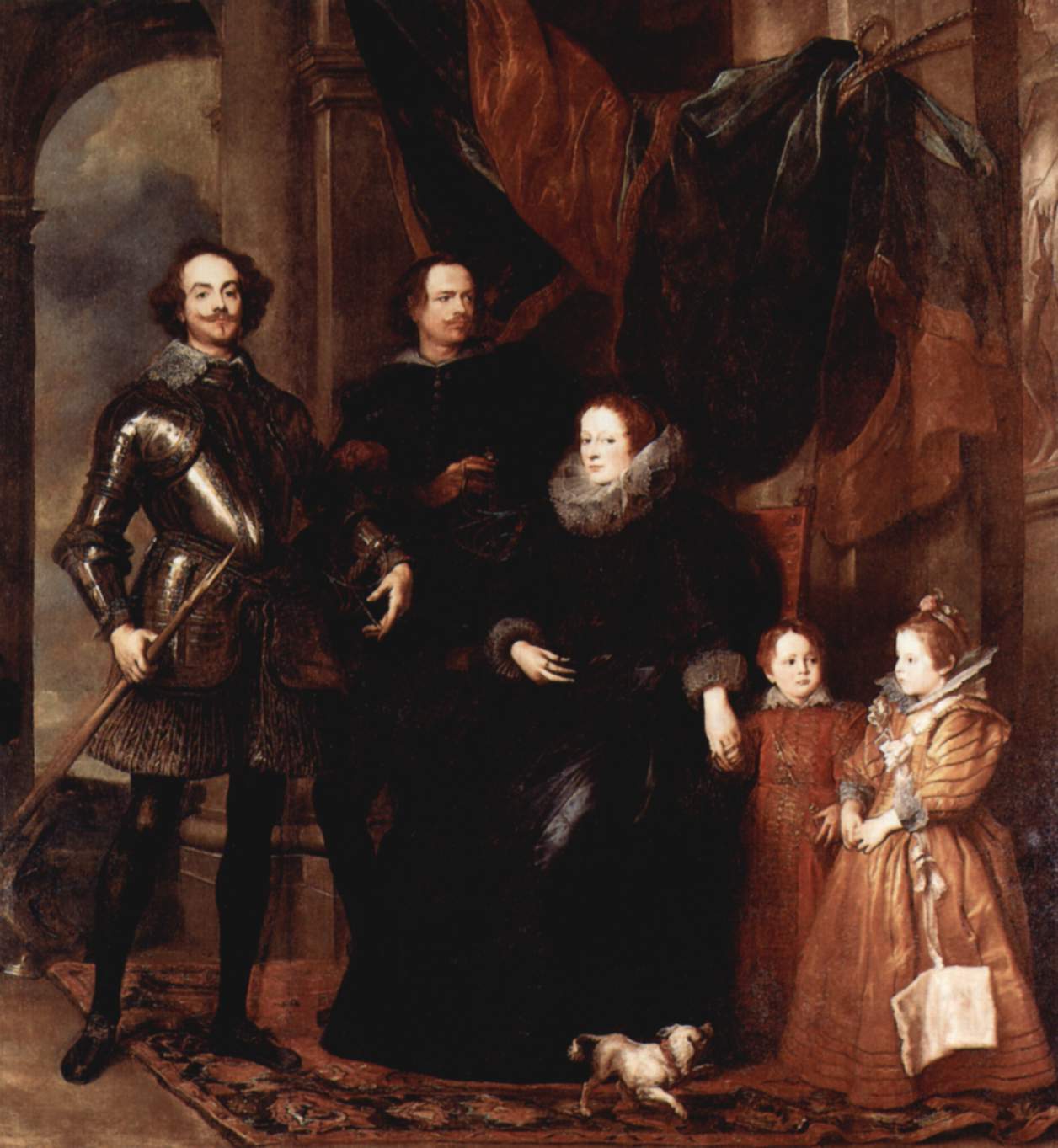Van Dyck remains one of the most celebrated artists in history, renowned for his exceptional skill in capturing the essence of his subjects. His works continue to inspire art enthusiasts worldwide, making him an enduring figure in the world of fine arts. In this article, we will delve deep into his life, works, and legacy, exploring why his contributions to art are timeless.
As a prominent figure in the 17th century, Van Dyck's influence on portraiture cannot be overstated. His ability to convey elegance, power, and grace through his paintings set a new standard for artists of his time. His work not only redefined the genre but also left an indelible mark on the art world that continues to resonate today.
This article aims to provide a comprehensive exploration of Van Dyck's life, achievements, and artistic style. Whether you're an art historian, a casual admirer, or simply curious about the man behind the masterpieces, this article will offer valuable insights into his remarkable journey.
Read also:Macaneiro And His Wife A Journey Through Love Fame And Family
Table of Contents
- Biography
- Early Life
- Artistic Style
- Major Works
- Influence on Portraiture
- Van Dyck in Britain
- Legacy
- Criticism and Challenges
- Modern Perspective
- Conclusion
Biography
Personal Data
Before diving into the details of Van Dyck's illustrious career, let's first take a look at some key facts about the artist:
| Full Name | Anthony van Dyck |
|---|---|
| Birth Date | March 22, 1599 |
| Birthplace | Antwerp, Southern Netherlands |
| Death Date | December 9, 1641 |
| Death Place | London, England |
| Occupation | Painter, draftsman, and etcher |
Early Life
Van Dyck was born into a wealthy merchant family in Antwerp, which was then part of the Spanish Netherlands. From an early age, he demonstrated a remarkable talent for art. By the age of 11, he had already become a pupil of Hendrick van Balen, a well-known painter of the time. His rapid progress and natural aptitude soon caught the attention of Peter Paul Rubens, who became a significant mentor in his early career.
Under Rubens' guidance, Van Dyck developed his skills and began working on large-scale projects, including altarpieces and portraits. This early exposure to a master artist played a pivotal role in shaping his future as one of the leading painters of his era.
Artistic Style
Van Dyck's artistic style is characterized by its elegance, refinement, and attention to detail. His portraits are celebrated for their ability to capture the essence of his subjects, whether royalty, nobility, or everyday individuals. Key elements of his style include:
- Fluid brushwork: Van Dyck's use of fluid brushstrokes gave his works a dynamic and lifelike quality.
- Soft lighting: He was a master at using soft, diffused lighting to enhance the natural beauty of his subjects.
- Rich colors: His palette often featured deep, vibrant hues that added depth and richness to his paintings.
These elements combined to create a distinctive style that set him apart from his contemporaries and made his works highly sought after.
Major Works
Throughout his career, Van Dyck produced numerous masterpieces that continue to be celebrated today. Some of his most notable works include:
Read also:Paul Blart Film A Comprehensive Guide To The Hilarious Mall Cop Franchise
- Charles I at the Hunt: A portrait of King Charles I of England, showcasing the monarch in a relaxed, informal setting.
- Self-Portrait: A series of self-portraits that reveal Van Dyck's evolving style and self-perception over time.
- The Lamentation of Christ: A religious work that highlights his skill in depicting emotional intensity and drama.
These works not only demonstrate his technical prowess but also his ability to convey profound emotions and narratives through his art.
Influence on Portraiture
Van Dyck's impact on the field of portraiture cannot be overstated. His innovative approach to capturing the personalities of his subjects revolutionized the genre. By emphasizing elegance and grace, he set a new standard for portrait painting that influenced generations of artists.
His work in Britain, where he served as the court painter to King Charles I, played a crucial role in shaping the English tradition of portraiture. His influence can still be seen in the works of modern portrait artists who continue to draw inspiration from his techniques and style.
Van Dyck in Britain
Life and Work in England
In 1632, Van Dyck moved to England, where he was appointed as the Principal Painter in Ordinary to King Charles I. During his time in Britain, he produced some of his most iconic works, including portraits of the royal family and the English nobility.
His ability to capture the grandeur and sophistication of his subjects made him a favorite among the English elite. His influence extended beyond his immediate circle, shaping the cultural landscape of the country and leaving a lasting legacy in British art.
Legacy
Van Dyck's legacy as one of the greatest painters in history is secure. His contributions to the art of portraiture have left an indelible mark on the art world, influencing countless artists who followed in his footsteps.
Today, his works can be found in major museums and galleries around the world, testament to his enduring impact on the art world. His ability to capture the essence of his subjects continues to inspire and captivate audiences, ensuring that his legacy will endure for generations to come.
Criticism and Challenges
Despite his many achievements, Van Dyck faced criticism during his lifetime. Some critics accused him of being overly reliant on assistants, which they believed diluted the quality of his work. However, modern scholarship has largely dismissed these claims, recognizing the significant role he played in the production of his paintings.
Additionally, Van Dyck faced personal challenges, including health issues that ultimately contributed to his early death at the age of 42. Despite these obstacles, he managed to produce a body of work that remains unparalleled in its quality and impact.
Modern Perspective
In contemporary times, Van Dyck's works continue to be celebrated for their timeless beauty and technical mastery. Art historians and enthusiasts alike recognize his contributions to the development of portraiture and his influence on subsequent generations of artists.
His ability to convey the inner lives of his subjects through his paintings resonates with modern audiences, who appreciate the depth and complexity of his work. His legacy serves as a reminder of the power of art to transcend time and culture, connecting us to the past in meaningful ways.
Conclusion
Van Dyck's life and work represent a pinnacle of artistic achievement in the history of portraiture. From his early days in Antwerp to his illustrious career in Britain, he consistently demonstrated a mastery of his craft that continues to inspire and captivate audiences worldwide.
In conclusion, Van Dyck's contributions to the art world are immeasurable. His ability to capture the essence of his subjects and convey their inner lives through his paintings has left a lasting legacy that will endure for generations. We invite you to explore his works further, share this article with fellow art enthusiasts, and leave your thoughts in the comments below. Together, let's celebrate the life and work of this remarkable artist.
References:
- Art Institute of Chicago
- Metropolitan Museum of Art
- The National Gallery, London


